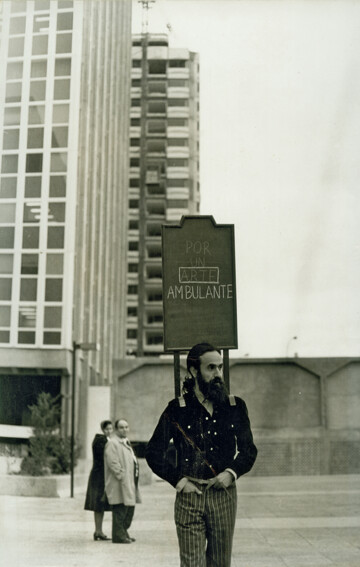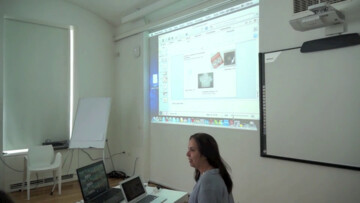Archives are tools for historicization and in the art field, it encompasses the crossroads of art and documentation. Concerning archives, some questions must be faced: where are they, under which circumstances they have been created, following which purposes and uses, and, finally, what are the instruments for the ‘frontier thinking’ they are able (or not) to activate. We have been experiencing for three decades now in Latin American Continent as in other places in the world, a sort of ‘return of the repressed’ as official archives (from the dictatorship years in Brazil, 1964-1985) have been opened and history has been told by different voices. In the artistic system, we can roughly distinguish different sorts of archives: institutional archives in museums and public libraries and artists’ archives, within the private domain. In art museums, archives can be disruptive as they hold discrepant conceptions of artwork and alternative versions of the institutional history. Within artists’ archives’, where an important parcel of the artist’s contemporary memory is kept, the conflicts stand most frequently as a result of the pressures imposed by the global market. My understanding of ‘archive’, coming from in my curatorial work in a public museum in São Paulo, is the result of different kinds of disputes. In other words, the archive can be related to antagonistic ideas of artworks and embraces some contradictions, as for example, the plea for Historicization inherent to the museum and the hegemony of the present and the eagerness for visibility within the ‘global media market’. These issues are related to memory (and archives) as battlefields in their multiple dimensions: tactile, digital, historical, fictional, individual, institutional, transnational, etc., all intrinsic to the dynamics of the geopolitics of knowledge.



